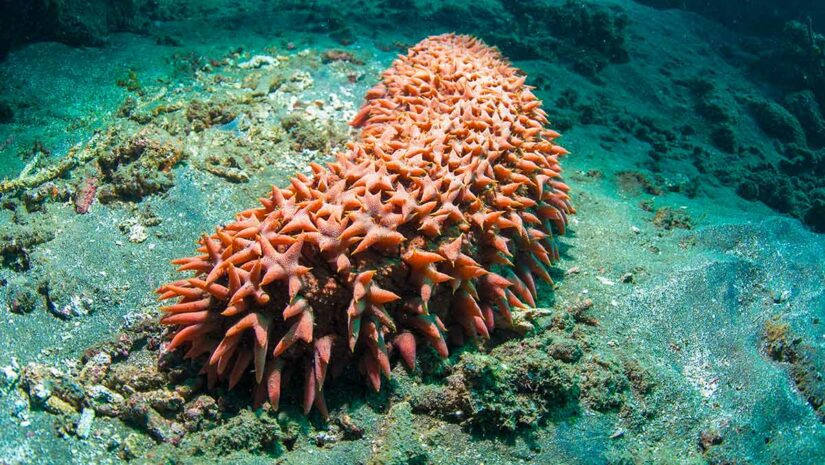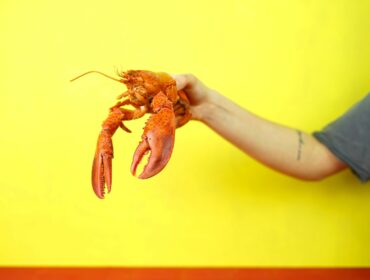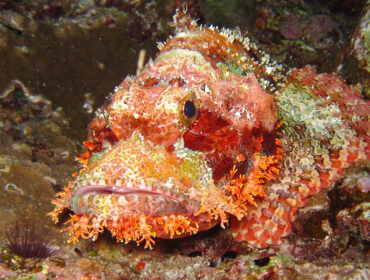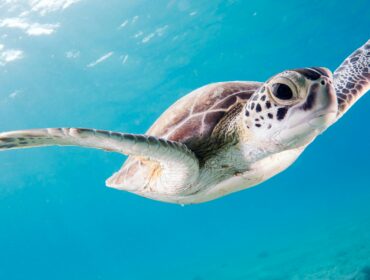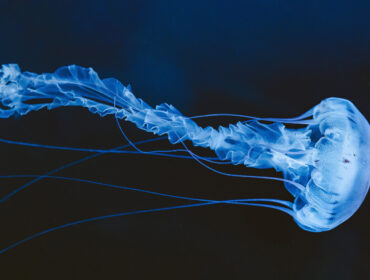Many divers have seen or are at least familiar with the sea cucumber (Holothurian), a large echinoderm that resembles our crunchy, bumpy fruits of the same name. Sea cucumbers range in size from a diminutive four inches to an impressive ten feet, and while most have long, cylindrical bodies with leathery looking skin and tiny tube feet, some species are nearly round, and others are more segmented like a caterpillar. It is in the same phylum as starfish, sea urchins, and sand dollars.
What is a sea cucumber?
Accounting for as much as 90 percent of the biomass in marine environments at depths of 5.5 miles and deeper, sea cucumbers are one of the ocean’s most prolific species. Named for their tuberous and bumpy resemblance to cucumbers, these extraordinary creatures are part of the recycling process that occurs in the ocean, processing detritus and decaying organic matter into smaller particles that will continue down the line to be further degraded by bacteria. Sea cucumbers share the same lineage with other Echinoderms, which includes sand dollars, sea urchins, and starfish.
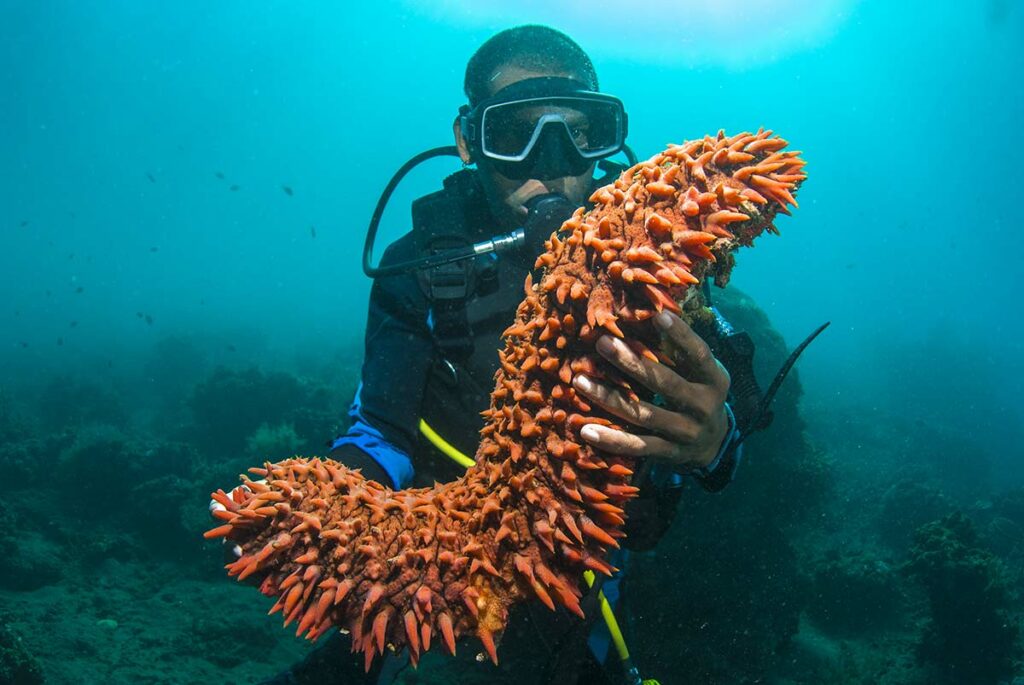
The body of a sea cucumber
Although most sea cucumber locomotion is facilitated by tube feet or contracting muscles on the seafloor, the bodies of some species are made of a tougher gelatinous tissue that allows buoyancy control, and therefore, propulsion through the water column. At the anterior end of every sea cucumber is a mouth, surrounded by a ring of tentacles that can be retracted into the mouth. These tentacles consist of a single branch or many, which sift through the substrate and bring food into the mouth, or are thrust out into the water column to catch drifting plankton. A colony of 33 specimens per square yard, a quantity often found in the South Pacific, can process 34 pounds of sediment annually. If that doesn’t seem like much, consider the vastness of the ocean and the microscopic nature of their primary food source!
One of the most astounding features of the sea cucumber is its “catch” collagen. The rigidity of this catch collagen is controlled neurologically, which means these animals can soften and harden it at will, which comes in very handy for escaping predators in small crevices. The sea cucumber will loosen up all this collagen until it can easily move into the desired space. When it feels it is safe, it simply re-hardens the collagen and bides its time until it goes on the move again. Although all Echinoderms have catch collagen, it is not as unusual to observe in other species.
The functional organs for digestion, respiration, circulation, reproduction, and locomotion are neatly contained inside the sea cucumber’s cavern. But with plenty of room to pass water, waste, and sand, an unlikely tenant has eyed the innermost chamber of the sea cucumber as its best chance for survival on the reef: the pearlfish. Check out this eyebrow-raising symbiotic relationship in action!
Sea cucumbers & diet
Sea cucumbers are a delicacy in many parts of the world, particularly in Asian cuisines, and have long been used in traditional medicines. Because their flesh contains a specified toxin called holothurin (related to saponins, a soap-like chemical), they are not a popular prey species on the reef.
The few who are resistant to this toxin include pufferfish, triggerfish, crab, lobster, hermit crabs, and two large species of mollusk that actually poison the sea cucumber before swallowing it whole.

